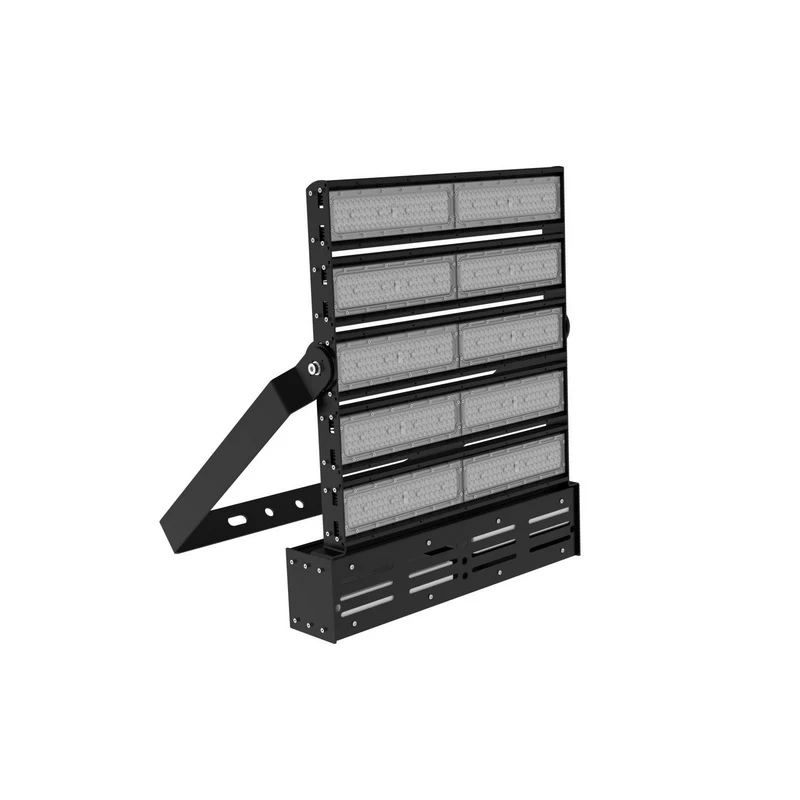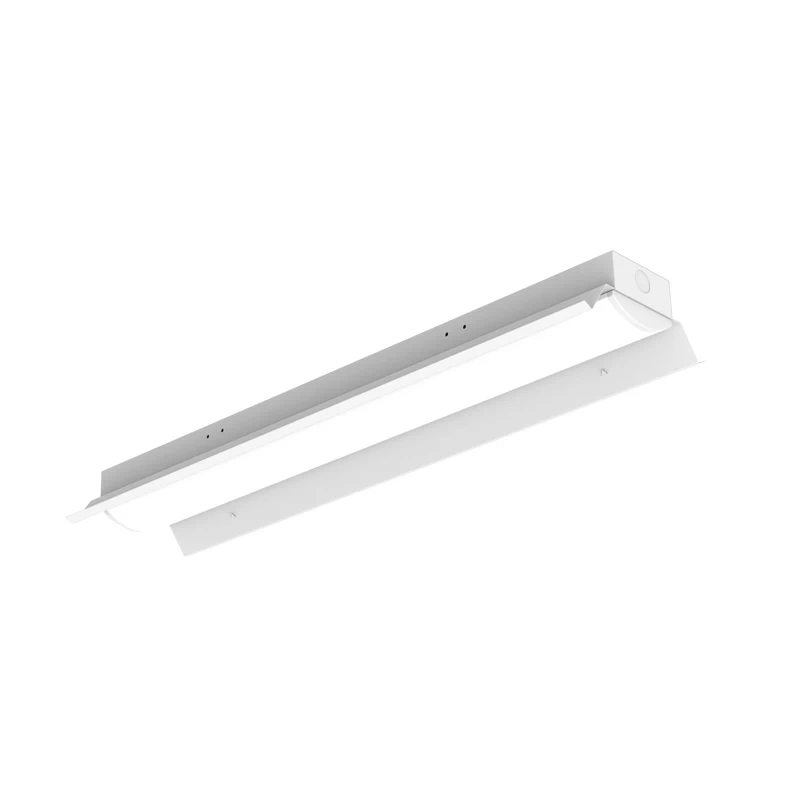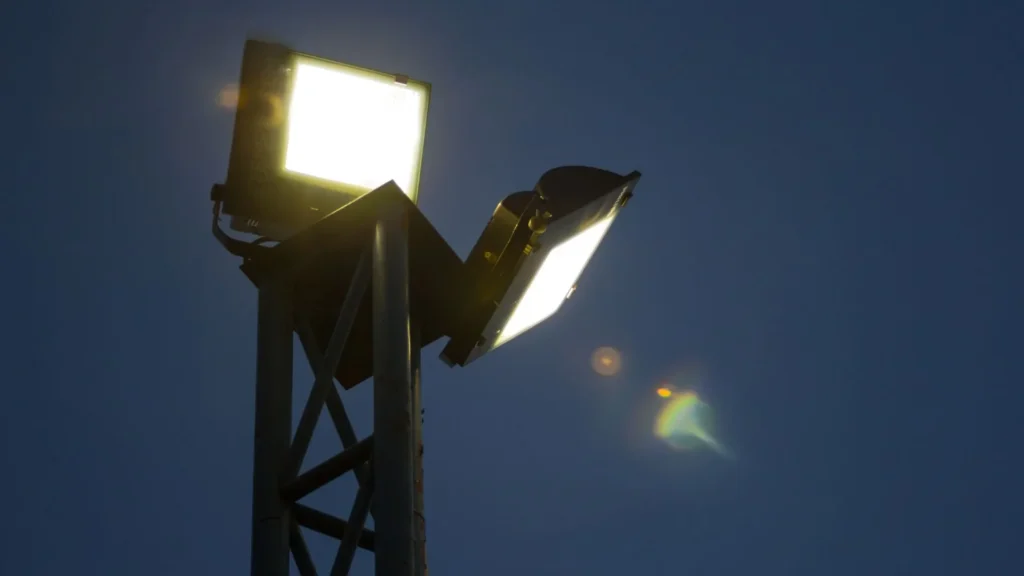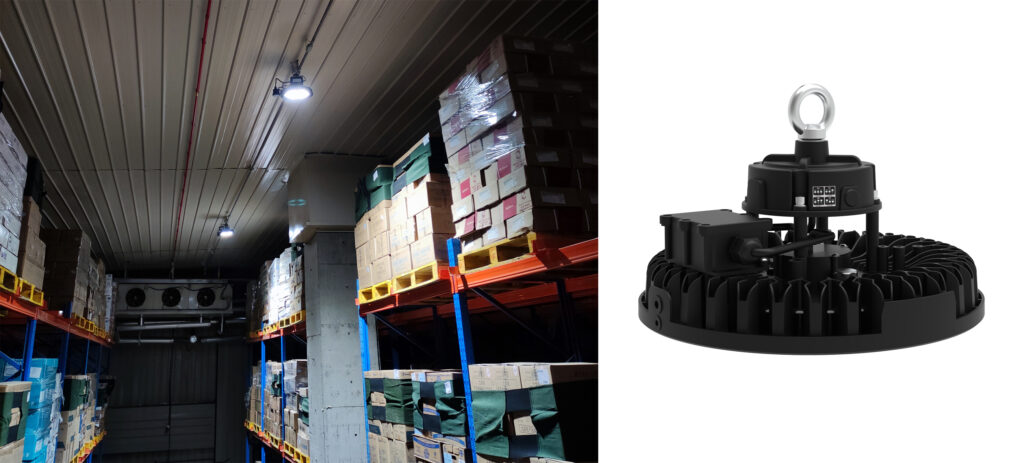目次
トグルはじめに
投光器について「ビーム角」という言葉をよく耳にします。しかし、ビーム角について本当に理解していますか?なぜ照明の照射範囲や均一性にとって非常に重要なのでしょうか?この記事では、ビーム角の概念と計算式について詳しく説明します。
ビーム角とは?
ビーム角とは、ランプから放射される光線の幅や広がりを指す。光が最大光量を発する線は光軸と呼ばれる。
- B50%(FWHM、半値全幅)
これは、国際的に最も一般的に使用されているビーム角の定義です。ランプの光軸平面上で光強度が最大強度の50%まで低下する2方向の間の角度がビーム角です。 - B10%
光度が最大光度の10%まで低下する、照明器具の光軸上の2方向間の角度。メーカーによっては、B10%を使用する場合があります。
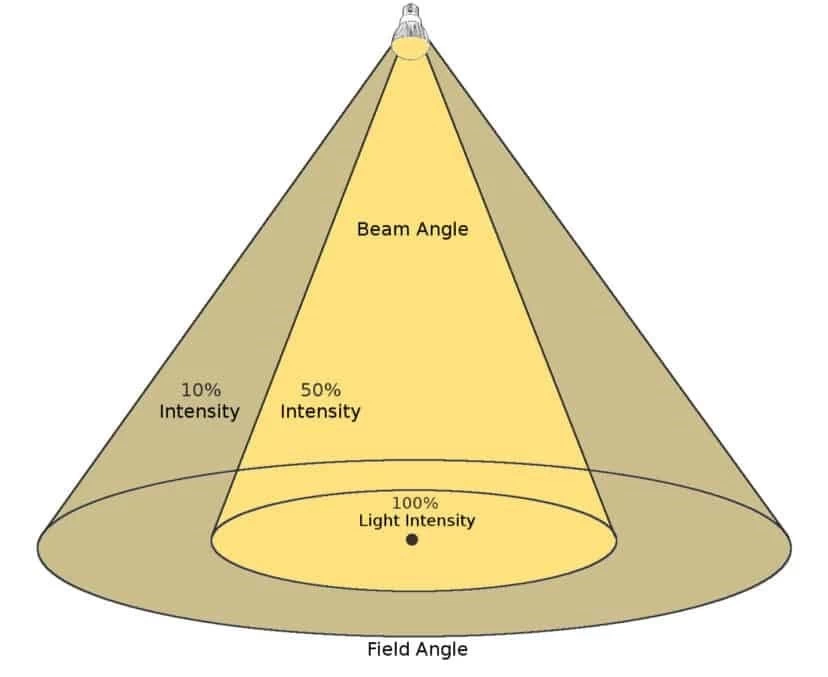
例えば照明器具の中心光度が10,000 cdの場合。
- 光度は0°で最大(10,000 cd)。
- 30°での光度は5,000cd。
- 45°での光度は1,000cd。
つまりビーム角はB50%のビーム角=60°(-30°から+30°になるため)、B10%のビーム角=90°(-45°から+45°になるため)。
| カテゴリー | 典型的な範囲 (°) | アプリケーション | 特徴 |
|---|---|---|---|
| 狭い | 10°-30° | ファサード、彫像、遠距離フォーカス | 高輝度、シャープなコントラスト、小面積 |
| ミディアム | 30°-60° | エントランス、中庭、歩道 | バランスのとれたカバレッジと明るさ |
| ワイド | 60°-120° | 駐車場、倉庫、運動場 | ワイドエリア、均一な光、低センタールクス |
| 注:範囲は代表値。ビーム角は通常B50%(FWHM)で定義。 | |||

ビーム角計算機
私たちが使用するビーム角計算機は、既知のビーム角に基づいて照射範囲と設置高さを推定します。これは、ビーム角が光学的な測定値であり、メーカーが実験室で測定し、製品パラメータに記載されているためです。
ビーム角計算式D = tan (θ / 2) × L
という意味だ:
- D = 照射エリアの半径
- θ = ビーム角度
- L = 取り付け高さ
計算例照明が高さ5mに設置され、ビーム角が60°の場合:
- D = tan(30°)×5 = 2.89m
照射範囲がわかっている場合の設置高さの計算も同様です。直接計算できる。
フォーミュラ: D = L × tan(θ / 2)
正しいビーム角の選び方は?
照明の必要性
- 彫刻や絵画を際立たせる(アクセント照明):狭いビーム(15°~24°)を選びます。
- 壁や絵画を照らす(ウォールウォッシュ照明):ミディアムビーム(24°~36°)を選びます。
- 基本的な空間照明や廊下の照明に:ミディアムワイドビーム(36°~45°)をお選びください。
- 部屋全体を照らす(アンビエント照明):ワイドビーム(60°以上)を選びます。
- 屋外の広い範囲を照らすには超広角ビーム(90°以上)の投光器を選ぶ。
照射距離
光源が被照射物から遠ければ遠いほど、同じスポットサイズを作り出すのに必要なビーム角は狭くなる。
| 申し込み | 推奨ビーム角度 | 理由 |
|---|---|---|
| アート作品や彫像にスポットライトを当てる | 10°~30°(ナロー) | 狭い範囲に光を集中させ、コントラストをつける |
| 一般的な部屋や廊下の照明 | 30°~60°(ミディアム) | バランスのとれたカバレッジと明るさ |
| 駐車場、運動場、倉庫 | 60°~120°(ワイド) | 広い範囲を均一に照らし、影を減らす |
| 棚や陳列ケースのアクセント照明 | 20°~40°(ナロー~ミディアム) | 光をこぼさずに製品を強調する |
| 屋外の庭園や景観の照明 | 30°~90°(ミディアム~ワイド) | 植物や小道をソフトで均一に照らす |
| 注:ビーム角はおおよその目安です。天井の高さとエリアの大きさに応じてお選びください。 | ||
結論
ビーム角は、光の形と広がりを決定します。ビーム角を理解し利用することで、より良い照明体験を提供することができます。ランプを選ぶ際には、ワット数(明るさ)や色温度(色)だけでなく、ビーム角に注目することが重要です。
当社は、工業用および商業用LED照明の専門メーカーです。当社の照明器具は、様々な照射角度を提供します。 お問い合わせ 照明ソリューションをカスタマイズする
人々はこうも尋ねる
ビーム角の測定方法は?
ビーム角は通常、メーカーが実験室で光度計やライトメーターを用いて測定します。標準的な方法は、光強度が最大値の50%まで低下する角度(B50%)を、IESのデータから、または表面で直接測定して決定します。
投光器に最適な照射角は?
投光器の最適なビーム角は、特定の用途によっ て異なる:
- 狭い照射角(10°~30°):特定のオブジェクトやエリアを強調するために使用されます。
- ビーム角は中程度(30°~60°):一般エリアの照明に使用。
- 広照射角(60°~120°):運動場や駐車場などの広いスペースを照らすのに使用。
照明器具のビーム角は工場出荷時に固定されているのですか?
そうです。ほとんどのLEDフィクスチャーは、光学系によってビーム角が固定されています。ビーム角度を変えるには、通常、レンズやリフレクターを交換する必要があります。特殊な調整可能スポットライトの中には、ビーム角を変更できるものもありますが、一般的なフラッドライトの場合、ビーム角はあらかじめ決まっています。

